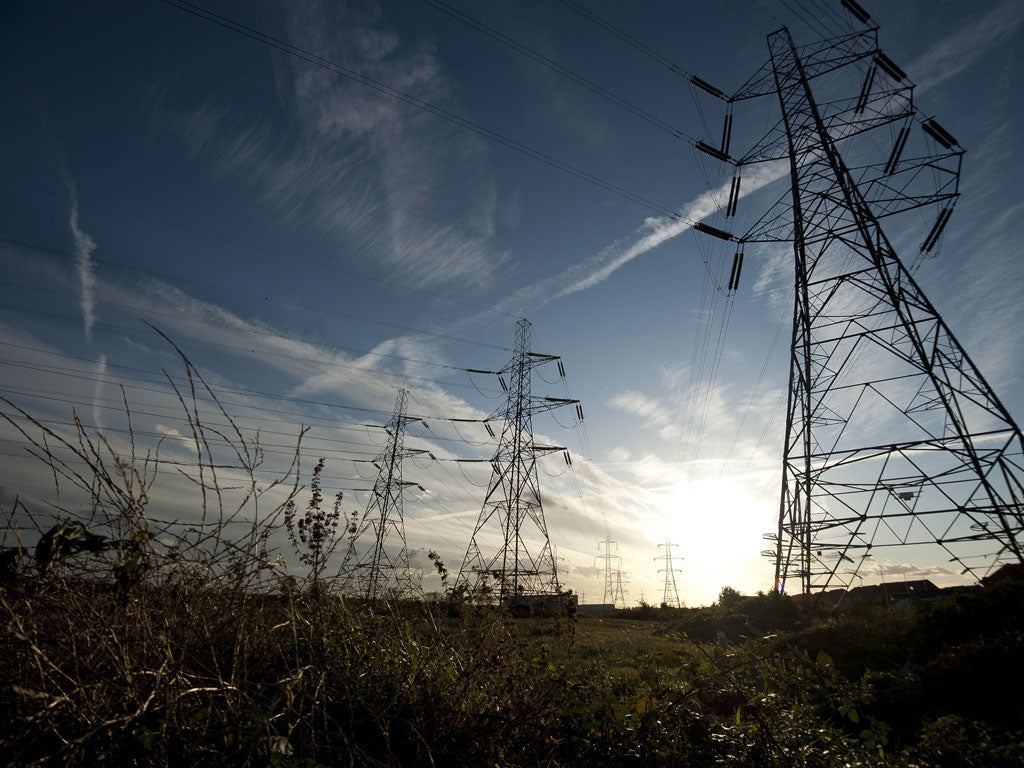Britons borrow billions to cover energy price hikes
Gas and electricity bills have risen by 23 per cent since the beginning of 2021

UK consumers have already borrowed almost £5bn to keep the lights on this year as a fifth of the population turns to credit to cover the cost of rising gas and electricity.
A fifth of bill payers are using credit cards and overdrafts, with some even taking out personal loans to manage mounting costs, a study by financial platform Credit Karma has found.
On average, gas and electricity bills have risen by 23 per cent since the beginning of 2021. At the same time, a third of UK households have lost income in the last year.
With almost 80 per cent of UK households already seeing hikes in their energy bills over recent months, and the Ukrainian crisis expected to exacerbate upcoming increases, four-fifths of those who have taken on new debts to cover their costs are already worried about how they will repay them.
Critics of the government’s hope to alleviate some of the impact with a one-off £200 discount in electricity bills for all customers warn that the need to repay that money in instalments starting next year is only adding to the debt.
Unable to avoid the rising costs, more than a quarter now fear they can no longer afford their bills, despite consuming a consistent amount of energy.
Last week, the Department for Business, Energy and Industrial Strategy (BEIS) revealed the fuel poverty gap for England would be £779m this year, up almost 11 per cent in two years.
That now means more than one in ten households are expected to be in fuel poverty this year – before key changes like the Ukrainian crisis or April’s 54 per cent price hike are taken into account. Crucially, these latest figures relate to 2020 data, before the most significant recent hikes took hold.
A household is in fuel poverty, officially at least, if its fuel poverty energy efficiency rate is Band D or below and their disposable income after housing and fuel costs is below the poverty line.
“Millions of people have fallen into the fuel poverty gap, and war between Ukraine and Russia could push even more of us over the edge,” says Sarah Coles, personal finance analyst for Hargreaves Lansdown.
“It would now take a £258 cut in fuel bills for someone to escape fuel poverty. And this is even before the full impact of April’s price hike has fed through into the calculations – let alone the risk of war pushing prices up significantly again in October.
“It has also added in the burn-now-pay-later loan from the government and the council tax rebate – both of which offer a boost upfront, but nothing in subsequent months. There’s also the risk that we could see prices rise significantly again in October, when the cap is reviewed, if the Russia-Ukraine war pushes wholesale gas prices sky high.
But the way the government calculates the dire financial straits of the population is mired in controversy.
Fuel poverty depends on three factors: income, which is currently falling in real terms; energy prices, which are soaring; and the energy efficiency classification of your home, which is improving. If it’s rated C or above, it doesn’t matter how badly you’re being crushed by the weight of energy bills, you’re not counted within the figures.
But while there have been some improvements in the actual energy efficiency of houses, which has helped, the figures also take into account financial support for those on low incomes, such as the £140 warm home discount, which is due to be expanded this year.
This means that some of those who received this aid because of financial difficulties, and were then bumped into band C as a result, are no longer counted as being in fuel poverty – regardless of how hard it is to pay bills.
In other words, campaigners warn the real figures are likely to be far higher.
Even with such concerns over underreporting, the data also shows that almost a third of all households using a prepayment meter – typically those who have or are considered at risk of falling into debt with their energy supplier – are fuel poor.
Around 4.5 million households use one, and most are pushed to switch to them by their supplier with the assurance that the move will help them manage their money more easily.
Despite this, those paying for their energy via these meters are set to see greater increases in their fuel bills in April than those paying a standard bill.
Meanwhile, a quarter of renters in England and 27 per cent of single-parent households are also in fuel poverty.
Subscribe to Independent Premium to bookmark this article
Want to bookmark your favourite articles and stories to read or reference later? Start your Independent Premium subscription today.

Join our commenting forum
Join thought-provoking conversations, follow other Independent readers and see their replies